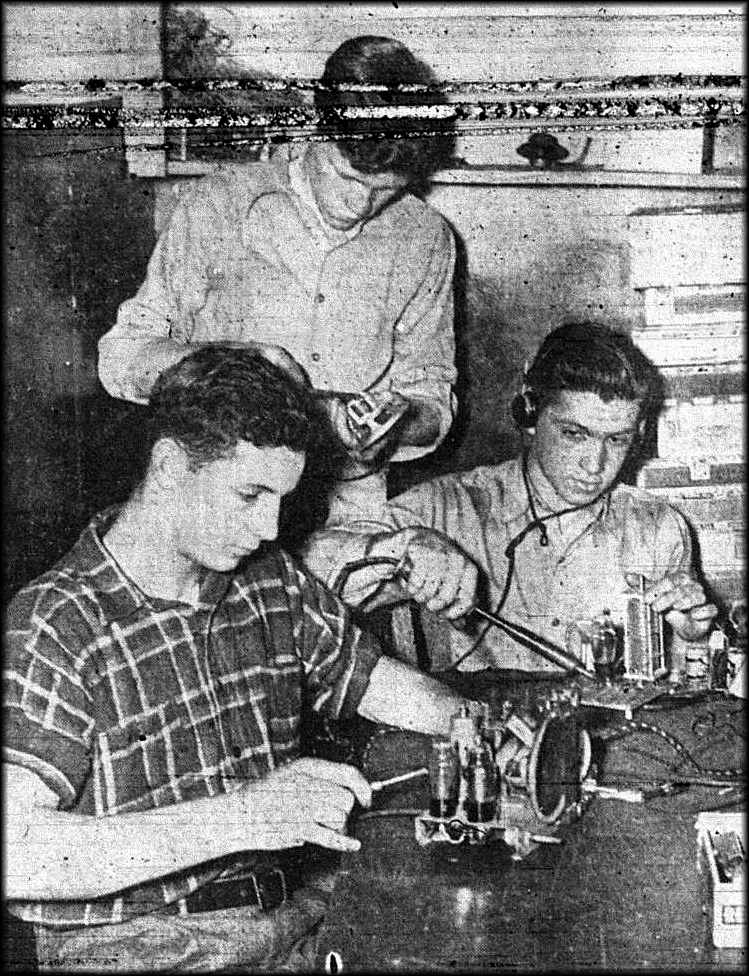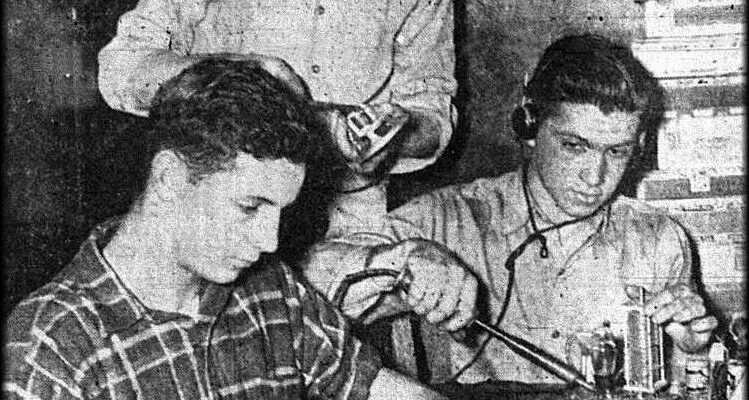Thanks to a few individuals who shared their memories of the Red Shield Boys' Club in response to my request in my Oct. 13th column. I will feature several more in upcoming columns. The first comes from Dick Church.
“In 1944,” he said, “when the club was formed according to your article, I would have been 7 years old and in the third grade at Columbus Powell. Although I don’t remember the exact time frame, I would have had the opportunity and desire to be involved with the Boys' Club most likely from about 1947 when I would have been in Junior High school until about 1950.
“I clearly remember heading for the club in its upstairs location on W. Market Street, right after school let out where I would hang out until probably around 7:30 p.m.”
Dick noted that the city bus station was just down the street and across Fountain Square where he caught the big green bus that took him on a route through the tree streets heading toward East Tennessee State College. His stop was at the corner of Maple and Tennessee streets where he walked a short distance to his Maple Street home. He recalled that bus fare was a nickel or dime then.
“You mentioned a lot of activities that were available at the Boys' Club,” he said, “and I took part in nearly all of them except for the team sports. The thing I liked about the Club was its informality. You could do about anything you felt like doing with no pressure to stick to any one thing. You could spend an hour picking out “Chop Sticks” on a piano that was situated in a small “music room.” You could work in the wood shop, play board games or do whatever you wanted to do.”
I mentioned in my article that the club had a small television. According to Dick: “There was no TV set during the years I attended; that would have come later. For a time the Optimist club sponsored a Junior Optimist club at the Boys' Club, which I joined.”
“Two activities stand out in my mind; there was a small room in the back of the club called the Radio Shop. There was a great volunteer to the club whose name was George. I am not sure of his last name, but he helped the boys learn how to build crystal radio sets and even provided some of the parts for them.

Bob McKee, Jimmy Lafollette and Bob Barlow Work in Radios at the Red Shield Boys' Club
George once brought in a wire recorder, which was a precursor to the tape recorders. I though it was a marvel that you could record your voice on a piece of shiny stainless steel wire and play it back. I was thoroughly entranced with being able to build a radio myself and hooking it to a wire antenna strung outside the house where I could listen to local radio stations through a pair of earphones.
“Sometimes George would bring in a radio that needed fixing and then show us how to take it apart and find what was wrong with it. That experience started me on a long road of exploration of radio and electronics.”
Dick explained that by about 1950, television was on the scene and he started spending his free time hanging out at the shop of “Brownlow, the Radio Man” that was located on Walnut Street. Walter Brownlow and his technician, Ray McCrary became his second mentors. They taught him how to fix radios and, as a result, he helped them install TV antennas all over town.
“By 1952,” he said, “while attending Science Hill, I earned my first Amateur Radio License. In 1957, I went to work at Cape Canaveral as an electronics technician, later after completing college and going to work in the rocket and space business as an Aerospace engineer.”
Dick retired in 1997 after over 40 years in that business. His earliest mentor who started him on his life’s career and lifelong interest in Electronics was George at the Boys' Club. Can anyone furnish George's last name?

Comments are closed.